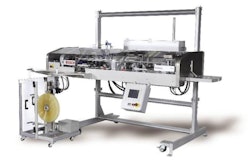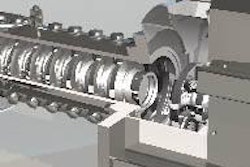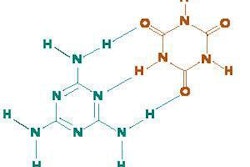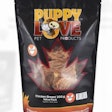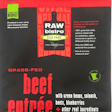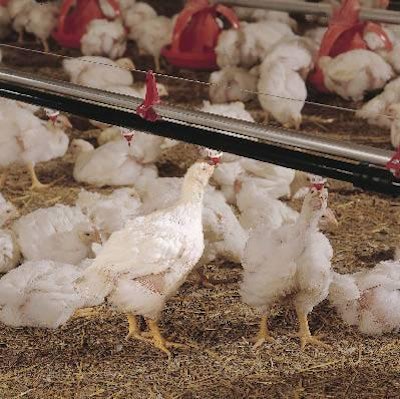
Every February, the Whole Dog Journal reviews dry dog foods. This year, for the first time, the magazine has added petfood company transparency to its list of criteria for approving dry dog foods. Editor Nancy Kerns puts it this way: "All companies, whether they own their plants or hire contract manufacturers, should be equally forthcoming about their manufacturing."
In addition to revealing where its products are made, Kerns believes a company should also be transparent about:
-
Product formulation-who developed the formula and what are his/her credentials?
-
Ingredients-can the company provide full traceability on each ingredient used in its products?
-
QA processes-do its plants follow a HACCP food safety program?
-
Available support-if I feed my dog your food and he gets sick, what support will your company be able to provide for me?
Selection criteria
In addition to transparency, Whole Dog Journal examines the ingredients listed on the product labels and looks for the following:
- A lot of high-quality animal proteins-"ideally a food will have one or two animal proteins in the first few ingredients."
- The absence of meat or poultry by-products-"there is a much wider range of quality in the by-products available for petfood manufacturing than there is for whole meats."
- The absence of fat or protein not identified by species.
- Whole grains and vegetables.
- The absence of artificial colors, flavors or preservatives-"a healthy product full of top-quality ingredients shouldn't need non-nutritive additives to make it look or taste better."
- The absence of added sweeteners.
- Organic ingredients.
By-products: the truth
So what do you think of those criteria? Do they make sense? Probably the most controversial of them is the absence of meat or poultry by-products.
The fact is, by-products such as the spleens, intestinal tracts (without the contents), lungs, hearts and stomachs of most meat animals have a greater nutritional value to dogs and cats than muscle meat and connective tissue, because they contain a greater proportion of essential amino acids. However, pet owners tend to be squeamish about such ingredients. The question is, is this kind of pickiness, and the resulting waste of good ingredients, wrong? Many underfed people worldwide would love to feast on poultry by-products.
Many people in developed countries have the luxury of being picky and imagine that pickiness is true for their pets. But when petfood companies make sure that poultry by-products are handled properly, they are excellent ingredients for petfoods. By the way, they also go into hot dogs.l


